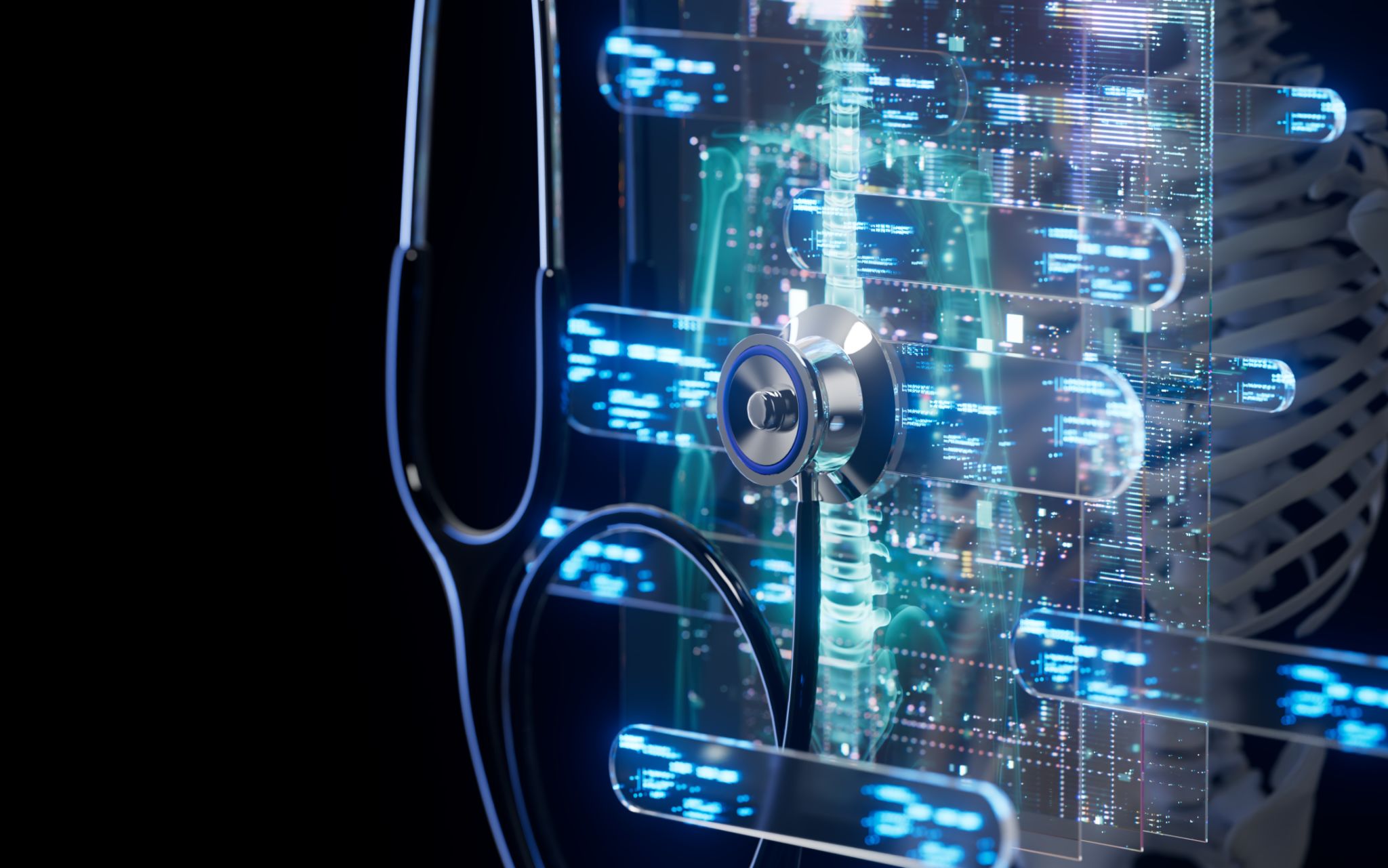Multi-Image Integration in Cardiovascular Care: A Comprehensive Guide
Introduction to Multi-Image Integration in Cardiovascular Care
In the rapidly evolving field of cardiovascular care, the integration of multiple imaging modalities has become a cornerstone for accurate diagnosis and effective treatment. This comprehensive guide delves into the significance of multi-image integration, exploring how combining various imaging techniques can enhance patient outcomes and streamline care processes.

The Importance of Multi-Image Integration
Multi-image integration refers to the use of different imaging technologies, such as MRI, CT scans, echocardiography, and nuclear imaging, to provide a holistic view of the heart and vascular system. This approach is crucial because it allows healthcare professionals to gather comprehensive data, leading to more precise evaluations and targeted interventions.
By integrating various imaging modalities, clinicians can obtain a detailed understanding of cardiovascular conditions, which is essential for developing personalized treatment plans. This integration not only improves diagnostic accuracy but also helps in monitoring disease progression and evaluating the effectiveness of therapeutic strategies.
Key Imaging Modalities in Cardiovascular Care
Magnetic Resonance Imaging (MRI)
MRI is a non-invasive imaging technique that provides high-resolution images of the heart's structure and function. It is particularly useful in assessing myocardial tissue characteristics, cardiac anatomy, and blood flow dynamics. MRI is indispensable for diagnosing conditions like cardiomyopathies and congenital heart diseases.
Computed Tomography (CT) Scans
CT scans offer detailed cross-sectional images of the heart and blood vessels. They are instrumental in detecting coronary artery disease, evaluating cardiac masses, and planning interventional procedures. The speed and precision of CT imaging make it a vital tool in emergency settings.

Benefits of Multi-Image Integration
Integrating multiple imaging modalities offers several benefits, including:
- Comprehensive Analysis: Combining images provides a complete view of cardiovascular health, aiding in accurate diagnosis.
- Enhanced Decision-Making: Clinicians can make informed decisions based on a wealth of imaging data, improving patient care.
- Reduced Risks: By having a clearer picture, unnecessary invasive procedures can be avoided, minimizing patient risk.
Challenges and Considerations
Despite its advantages, multi-image integration in cardiovascular care comes with challenges. One significant hurdle is the need for advanced software and systems capable of processing and analyzing vast amounts of imaging data. Additionally, healthcare professionals must be trained to interpret these integrated images effectively.

Another consideration is the cost associated with implementing and maintaining the technology required for multi-image integration. While the initial investment may be substantial, the long-term benefits in terms of improved patient outcomes and reduced healthcare costs are significant.
Future Directions in Cardiovascular Imaging
The future of cardiovascular imaging lies in the continued advancement of technology and the development of even more sophisticated integration methods. Innovations such as artificial intelligence and machine learning are expected to play a pivotal role in enhancing image analysis and interpretation, further improving the precision of cardiovascular care.
As these technologies evolve, the potential for more personalized and effective treatment strategies will increase, ultimately leading to better patient outcomes and a higher standard of care in the field of cardiology.
